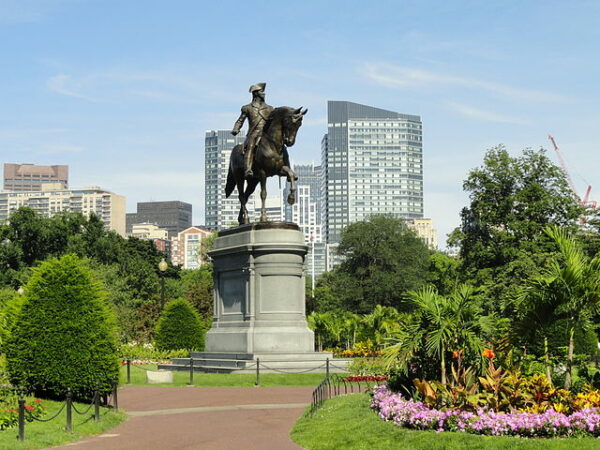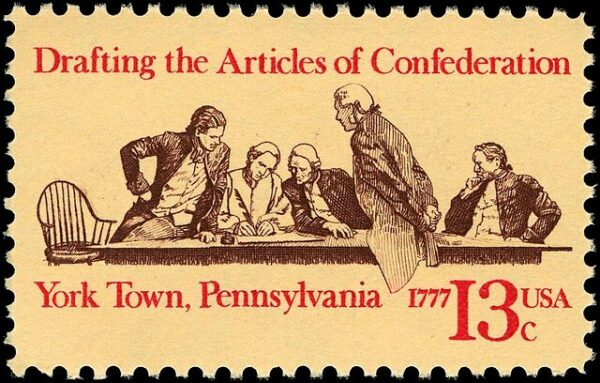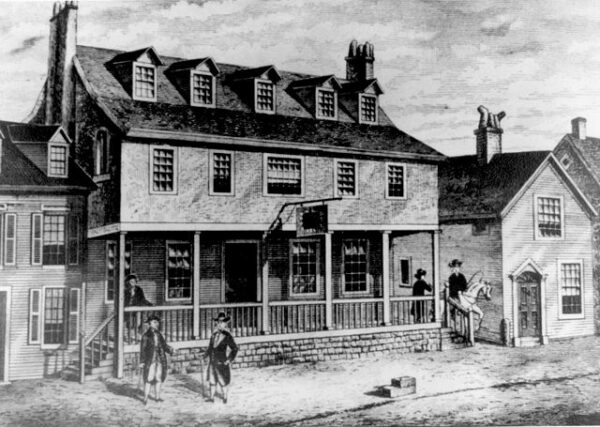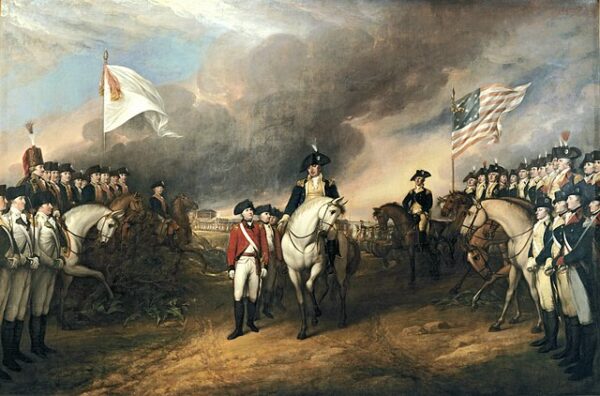On July 3, 1775, George Washington took command of the Continental Army at Cambridge, Massachusetts. The appointment came as tensions and hostilities began to rise between Massachusetts and England following the Battles of Lexington and Concord in that April. After vocal appeals from the delegation of Massachusetts, including John Adams and his cousin Samuel Adams, the Continental Congress recognized the need for a unified military leadership. Only one man fit the bill: Washington’s reputation and experience made him the best candidate for the job, especially because he was from Virginia, the largest and most important colony at the time.
After taking command, Washington faced several difficulties in defending Boston. The Continental Army was an amalgamation of local militias from various colonies that lacked discipline, training, experience and resources. Washington immediately began implementing military discipline, improving training, and establishing a chain of command. He focused on transforming the militias into a professional fighting force capable of challenging the powerful British army.
Brittanica writes that not only did Washington have to defend “Boston, but he also had to recruit a Continental army. During the winter of 1775–76 recruitment lagged so badly that fresh drafts of militia were called up to help maintain the siege. The balance shifted in late winter, when Gen. Henry Knox arrived with artillery from Fort Ticonderoga in New York. The British fort, which occupied a strategic point between Lake George and Lake Champlain, had been surprised and taken on May 10, 1775, by the Green Mountain Boys, a Vermont militia group under the command of Col. Ethan Allen. The cannons from Ticonderoga were mounted on Dorchester Heights, above Boston. The guns forced Howe, who had replaced Gage in command in October 1775, to evacuate the city on March 17, 1776. Howe then repaired to Halifax to prepare for an invasion of New York, and Washington moved units southward for its defense.”
One of the primary reasons for Washington’s selection as commander-in-chief was his impressive reputation as a military leader and his experience during the French and Indian War. His knowledge of military strategy, combined with his charisma and ability to inspire loyalty, made him a natural choice for the role.
Cambridge, Massachusetts, also served as an ideal place for the new commander-in-chief of the American forces to set up shop. The area offered proximity to the British-held city of Boston, where the British army was stationed. This allowed Washington to closely monitor British activities and devise strategies to counter their moves effectively. From his headquarters in Cambridge, he could coordinate military operations and develop a cohesive plan to defend the American colonies.
Overall, Washington’s assumption of command at Cambridge marked a crucial turning point in the American Revolution. His leadership, strategic thinking, and ability to forge a cohesive fighting force laid the foundation for the United States to declare its independence almost exactly a year later.
July 3, 1775: The Father of the United States began his journey to becoming, in the words of King George III, “the greatest man in the world.”






